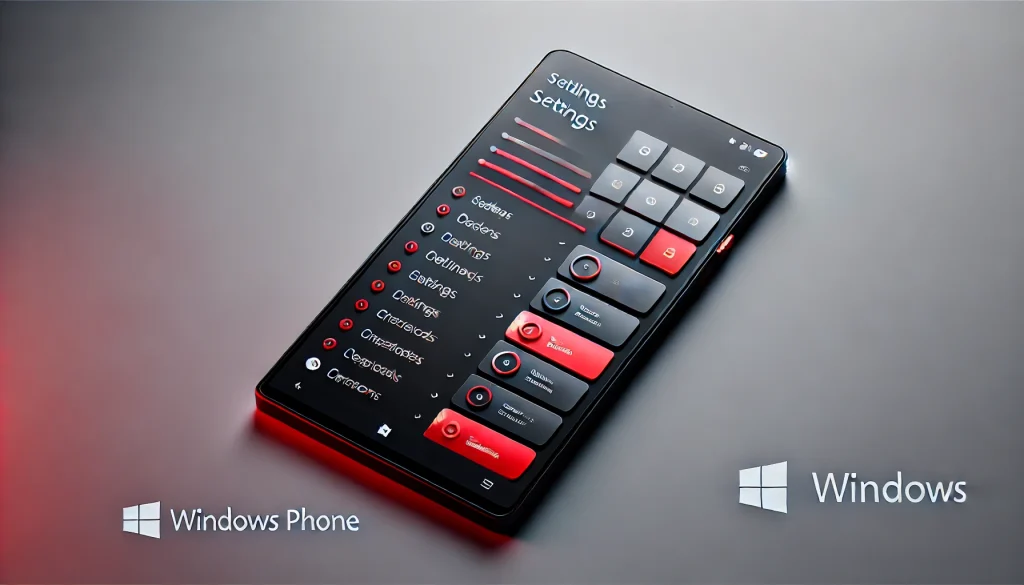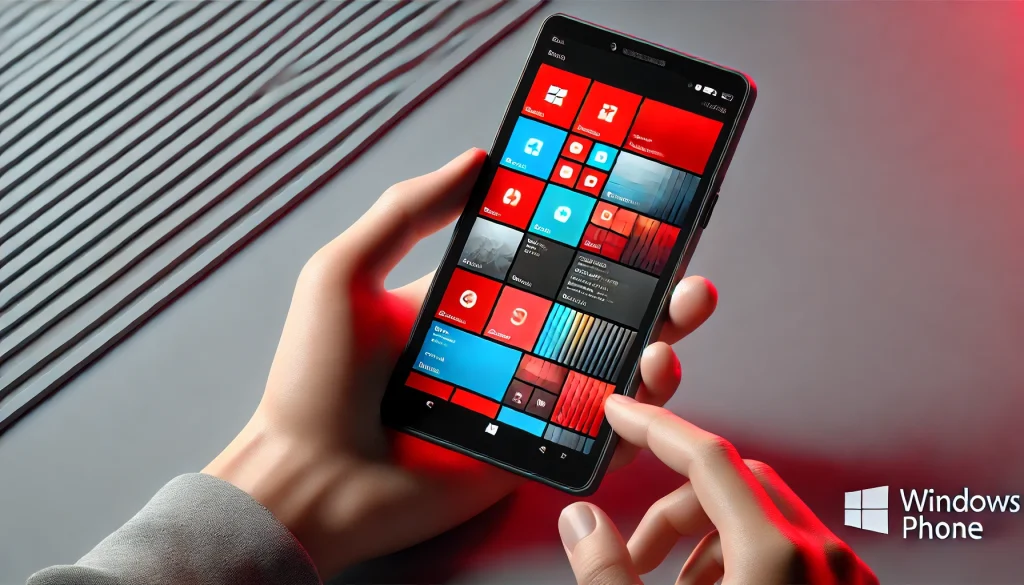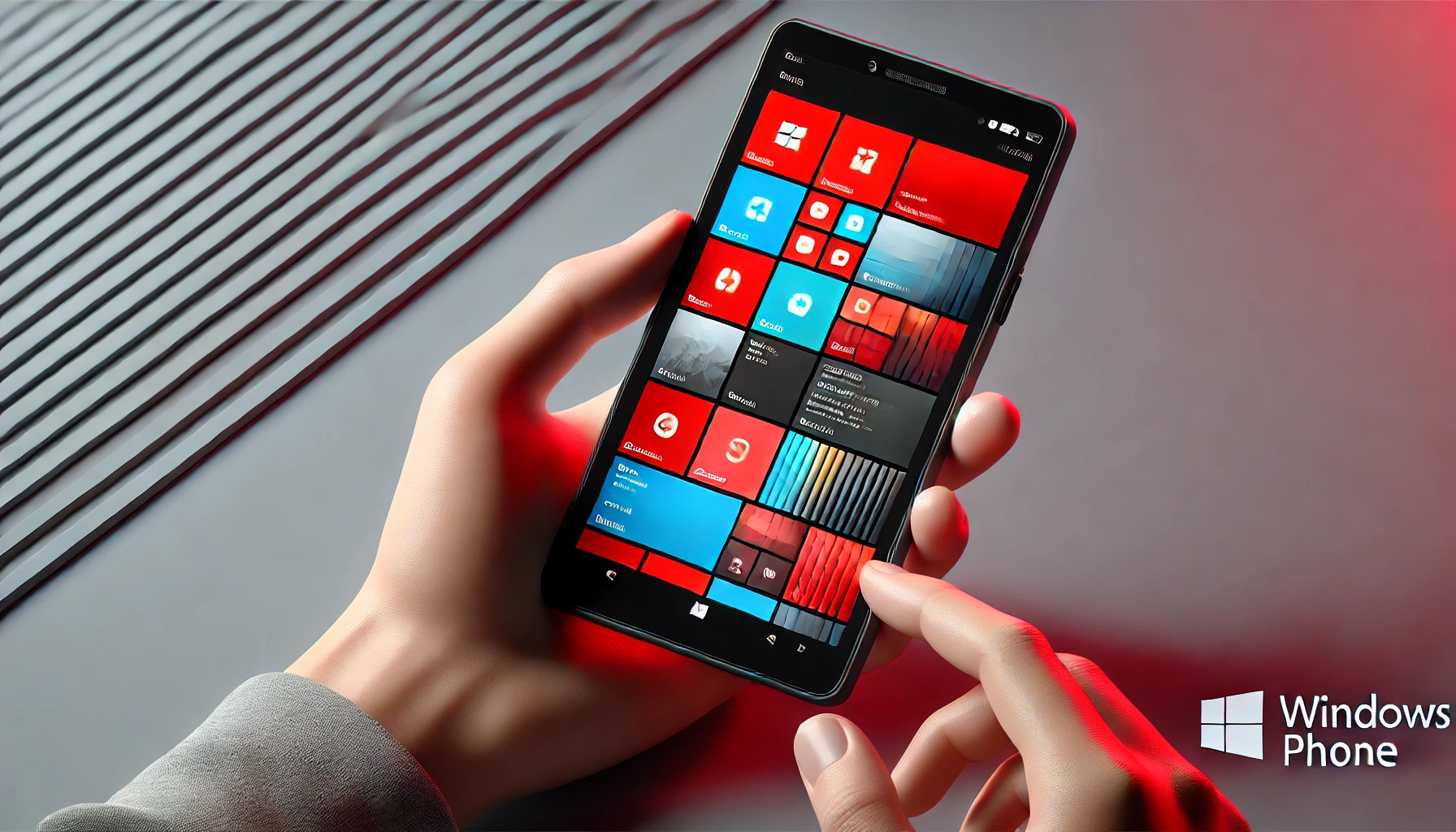
Windows Phone OS once held great promise in the smartphone world, with Microsoft aiming to carve out a space dominated by Apple’s iOS and Google’s Android. Windows Phone emerged with a distinct interface and groundbreaking features, raising high expectations among tech enthusiasts and professionals. Yet, the platform eventually faced a steep decline, leaving many industry experts wondering what went wrong. Understanding the history and the strategic errors offers a compelling glimpse into both Microsoft’s struggles and the smartphone industry’s evolution.
A Brief History of Windows Phone OS

The story of Windows Phone OS dates back to Microsoft’s initial attempts to enter the mobile arena. The OS officially launched in 2010 as a direct competitor to Android and iOS. With its signature tile-based interface, it was designed to offer users a new kind of experience—sleek, dynamic, and uniquely different from the established mobile platforms. However, despite Microsoft’s efforts to build a compelling smartphone ecosystem, the OS faced numerous obstacles that ultimately led to its downfall.
In the early 2010s, Windows Phone showcased exciting features that distinguished it from its competitors. The OS offered live tiles, a visually engaging alternative to standard app icons. The user experience was highly fluid, and integration with Microsoft’s suite of services made it attractive to users who relied on Windows for work. The early optimism surrounding the platform was evident as Microsoft formed partnerships with key manufacturers like Nokia, creating flagship devices like the Lumia series. However, as years passed, Windows Phone’s appeal waned as it struggled to maintain pace with its competitors.
Unique Features and Initial Promise
Windows Phone OS initially seemed like a game-changer. Its Metro UI was clean, modern, and purposefully minimalist, contrasting with the crowded icons on Android and iOS screens. The OS allowed users to pin live tiles to their home screens, enabling real-time updates for key apps without needing to open them. It also integrated seamlessly with Microsoft’s services, including Office, OneDrive, and Xbox, a massive advantage for users invested in the Microsoft ecosystem.
Moreover, Nokia’s Lumia devices, which came pre-installed with Windows Phone OS, brought the platform to a global audience. These devices stood out for their high-quality cameras, bold designs, and smooth performance, attributes that boosted the OS’s initial popularity. Yet, despite these innovations, the OS never gained significant traction. A limited app ecosystem and a lack of engagement from major mobile carriers hindered the platform’s growth from the outset.
The Challenges and Obstacles Facing Windows Phone OS

One of the key barriers Windows Phone OS faced was its app ecosystem. Unlike Android and iOS, which both offered extensive app stores, it struggled to attract developers. Major applications such as Instagram, Snapchat, and even some banking apps were either absent or delayed on the device. As users flocked to platforms with more extensive app options, the OS quickly became a hard sell.
Furthermore, carrier support was limited. According to a former lead developer, many mobile carriers in the U.S. did not prioritize Windows Phone due to their existing ties with Android and iOS platforms. This “carrier disinterest” created an environment where Windows Phone was seldom marketed or promoted by major mobile providers, directly impacting salesoft’s acquisition of Nokia in 2014 was an attempt to bolster its presence in the smartphone market. The tech giant hoped that by controlling both hardware and software, it could emulate Apple’s success with the iPhone. Unfortunately, the strategy failed to deliver the desired results. Instead of boosting Windows Phone’s market share, the Nokia acquisition led to financial losses, as the devices continued to struggle against iPhone and Android options that offered a wider range of applications and features.
The Impact of Competition on Windows Phone OS
By the mid-2010s, Android and iOS had established themselves as the dominant players in the smartphone industry. Both platforms invested heavily in improving user experience, adding innovative features, and expanding their app ecosystems. In contrast, Microsoft’s efforts with Windows Phone OS were perceived as too little, too late.
Android, in particular, was thriving with its open-source model, which attracted a vast developer community and enabled device manufacturers to customize the OS for their products. This flexibility gave Android a competitive advantage that Windows Phone could not match. While Microsoft tried to differentiate its platform with a sleek design and strong security features, it simply could not overcome the allure of the vast Android and iOS ecosystems.
Apple, on the other hand, leveraged its strong brand loyalty and premium devices to maintain its market share. iOS continually offered cutting-edge features, consistently ranking as the top choice for users seeking a high-end smartphone experience. With iPhone releases frequently generating excitement, Windows Phone was pushed further into obscurity as iOS maintained its loyal customer base.
The End of Windows Phone OS
By 2017, Microsoft announced that it would no longer focus on developing new features or hardware for Windows Phone, marking the beginning of the end for the platform. The lack of an engaged user base, combined with minimal developer interest, left Windows Phone unable to compete with the vast Android and iOS landscapes. The official discontinuation of Windows 10 Mobile in 2019 signaled Microsoft’s final exit from the smartphone OS market.
Reflecting on the downfall, tech analysts have pointed to several reasons for Windows Phone’s demise: its late entry into the smartphone industry, weak app ecosystem, limited carrier support, and fierce competition from Android and iOS. Though Microsoft remains a leading tech company, its foray into the mobile OS market was, ultimately, an expensive learning experience.
Legacy and Lessons from Windows Phone OS
Despite its challenges, Windows Phone OS left a lasting impact on the industry. Features like live tiles and its unique Metro UI design influenced later versions of Windows and inspired UI innovations across the tech world. Moreover, the failure of Windows Phone underscored the importance of timing, app support, and ecosystem development in the smartphone market.
Today, Microsoft has shifted its mobile strategy to focus on integrating its services with Android and iOS, enabling users to access Office, OneDrive, Teams, and other applications across platforms. Although Windows Phone is no longer part of Microsoft’s vision, its influence persists as a reminder of the complexities and risks in the fast-evolving tech landscape.
Conclusion
The rise and fall of Windows Phone OS underscore the challenges of entering a saturated and highly competitive market. Microsoft’s attempt to position Windows Phone as an alternative to Android and iOS initially garnered interest but ultimately struggled due to app limitations, carrier indifference, and dominant competitors. The lessons from this journey have shaped Microsoft’s current approach to mobile integration, where its apps thrive across Android and iOS rather than in an exclusive ecosystem.
As technology continues to evolve, Microsoft’s experience with Windows Phone remains a case study in the importance of timing, market demand, and adaptability in the tech industry. While Windows Phone OS is now history, the tech world continues to draw valuable insights from its rise and fall.
FAQ
What led to the downfall of Windows Phone OS?
The downfall of Windows Phone OS stemmed from limited app availability, weak carrier support, and fierce competition with Android and iOS. Its small app ecosystem made it less appealing, and mobile carriers prioritized established platforms, hindering growth.
How was Windows Phone OS different from Android and iOS?
Windows Phone OS had a distinct Metro UI with live tiles for real-time updates, unlike the icon grids of Android and iOS. Its integration with Microsoft services was strong, yet its limited app flexibility couldn’t compete with Android’s open-source and iOS’s large app store.
Did Windows Phone OS impact smartphone design?
Yes, its live tiles and Metro UI influenced tech UI designs, while its challenges highlighted the importance of app support, carrier partnerships, and adaptability for successful mobile OS platforms.
Resources
- MSPowerUser. A History of Windows Phone: The Road to Threshold.
- The Verge. Windows Phone: A Glorious Failure.
- The Week. The Rise and Fall of the Windows Phone.
- Windows Central. Carrier Disinterest Led to Windows Phone Downfall.
- Wirally. The Rise and Fall of Windows Phone.

Brijesh Gohil is the founder of Tech Brij, A popular Tech Blog which is focused on Tech tips & Buying Guides. You can follow him on Facebook, Twitter, Google + & LinkedIn.

